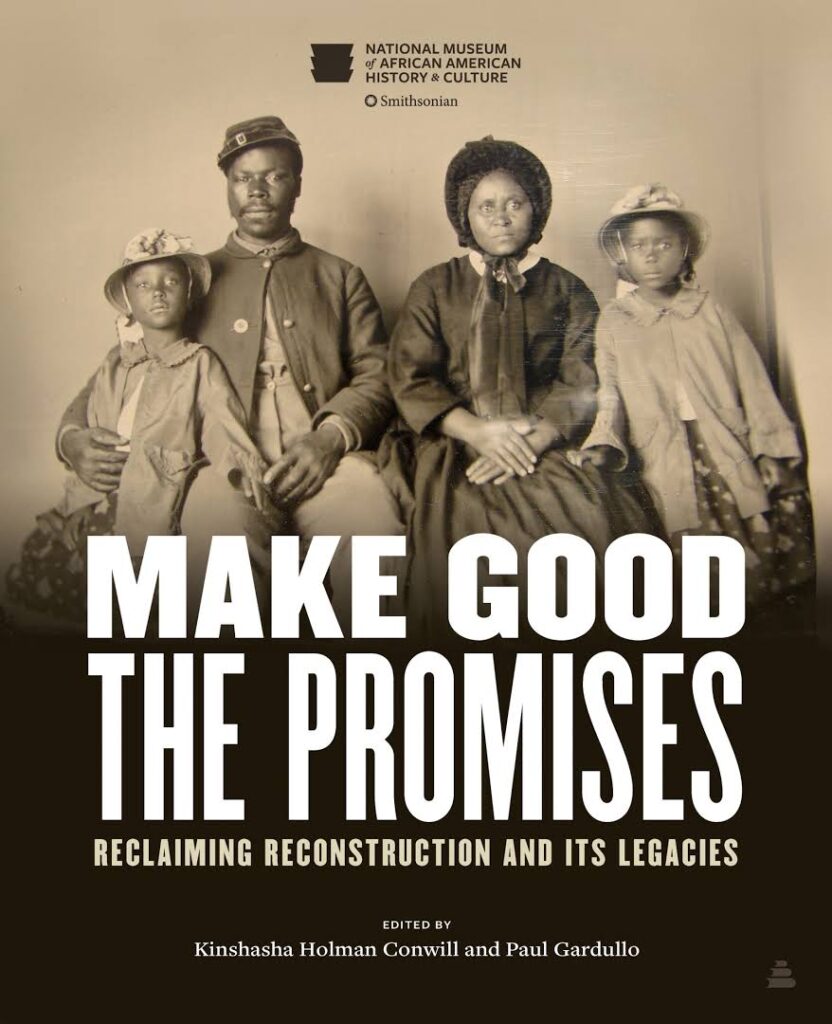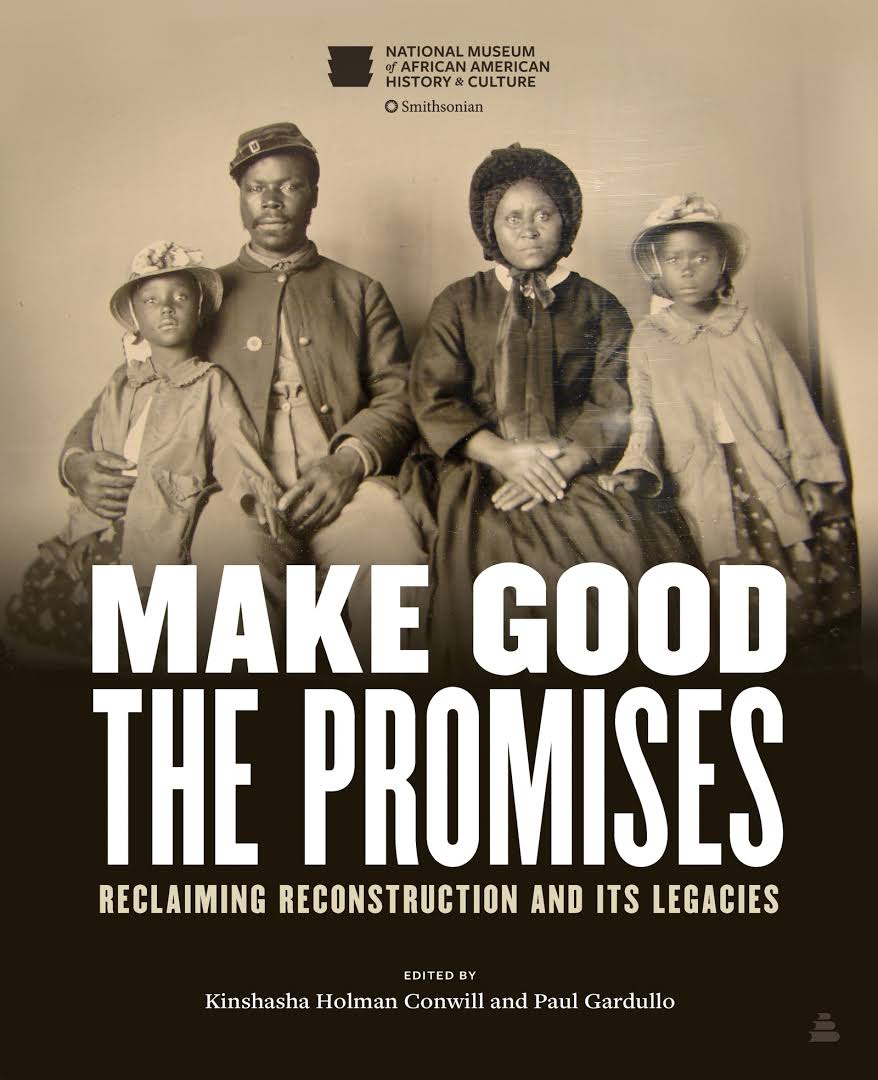I received this book for free from Review Book in exchange for an honest review. This does not affect my opinion of the book or the content of my review.
 Make Good the Promises: Reclaiming Reconstruction and Its Legacies
Make Good the Promises: Reclaiming Reconstruction and Its Legacies 
Published by Amistad on 09/14/2021
The companion volume to the Smithsonian’s National Museum of African American History and Culture exhibit, opening in September 2021
With a Foreword by Pulitzer Prize-winning author and historian Eric Foner and a preface by veteran museum director and historian Spencer Crew
An incisive and illuminating analysis of the enduring legacy of the post-Civil War period known as Reconstruction—a comprehensive story of Black Americans’ struggle for human rights and dignity and the failure of the nation to fulfill its promises of freedom, citizenship, and justice.
In the aftermath of the Civil War, millions of free and newly freed African Americans were determined to define themselves as equal citizens in a country without slavery—to own land, build secure families, and educate themselves and their children. Seeking to secure safety and justice, they successfully campaigned for civil and political rights, including the right to vote. Across an expanding America, Black politicians were elected to all levels of government, from city halls to state capitals to Washington, DC.
But those gains were short-lived. By the mid-1870s, the federal government stopped enforcing civil rights laws, allowing white supremacists to use suppression and violence to regain power in the Southern states. Black men, women, and children suffered racial terror, segregation, and discrimination that confined them to second-class citizenship, a system known as Jim Crow that endured for decades.
More than a century has passed since the revolutionary political, social, and economic movement known as Reconstruction, yet its profound consequences reverberate in our lives today. Make Good the Promises explores five distinct yet intertwined legacies of Reconstruction—Liberation, Violence, Repair, Place, and Belief—to reveal their lasting impact on modern society. It is the story of Frederick Douglass, Frances Ellen Watkins Harper, Hiram Revels, Ida B. Wells, and scores of other Black men and women who reshaped a nation—and of the persistence of white supremacy and the perpetuation of the injustices of slavery continued by other means and codified in state and federal laws.
With contributions by leading scholars, and illustrated with 80 images from the exhibition, Make Good the Promises shows how Black Lives Matter, #SayHerName, antiracism, and other current movements for repair find inspiration from the lessons of Reconstruction. It touches on questions critical then and now: What is the meaning of freedom and equality? What does it mean to be an American? Powerful and eye-opening, it is a reminder that history is far from past; it lives within each of us and shapes our world and who we are.
This book is a companion to the exhibit opening in September 2021 to be held at the Smithsonian National Museum of African American History and Culture.
This book should also be required reading, in my view, for young people to understand why most people of color are so adamant about voting and civil rights that sadly is a right still fought for in 2021 and beyond.
Well written, documentation noted, and the contributors who give us a history lesson on the reconstruction period are well worth the time you will spend reading. Some of the topics addressed, Legacies of Liberation, Legacies of Violence, Legacies of Repair, and more, were at times hard to read. Not because of the writing but what folks had to endure.
The book is full of beautiful illustrations and pictures that give you a glimpse of that era, and I imagine the exhibit being broader and more soulful. There is much here that my review won’t give it the justice it deserves. I highly recommend you add this book to your library because I certainly plan to. I reviewed a kindle copy, and while it was great, I still want a hard copybook.
Reviewed by: Linda C.













